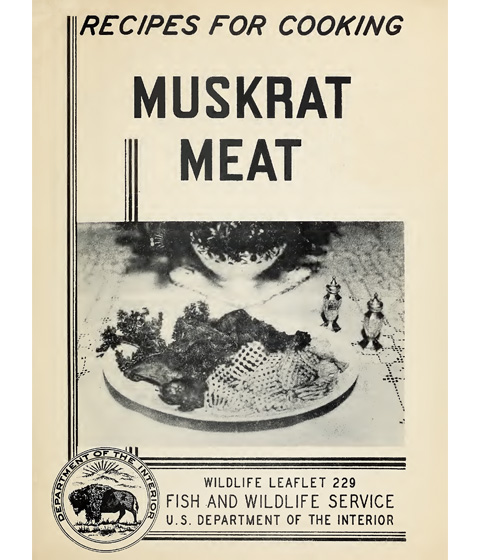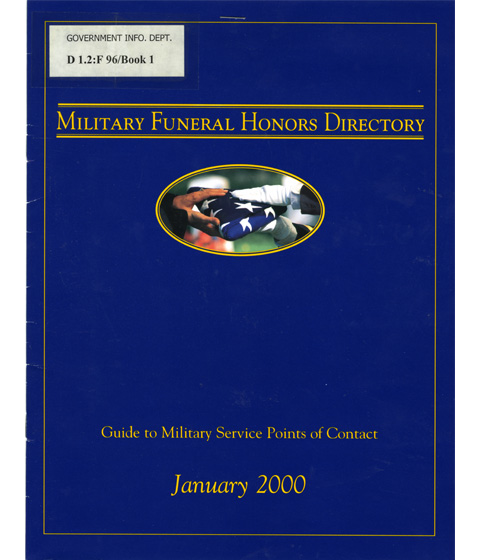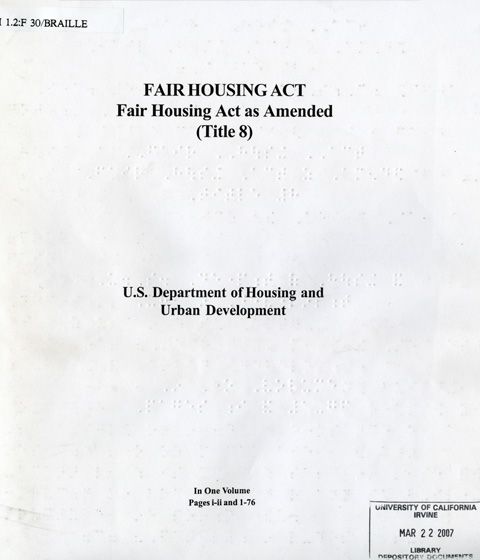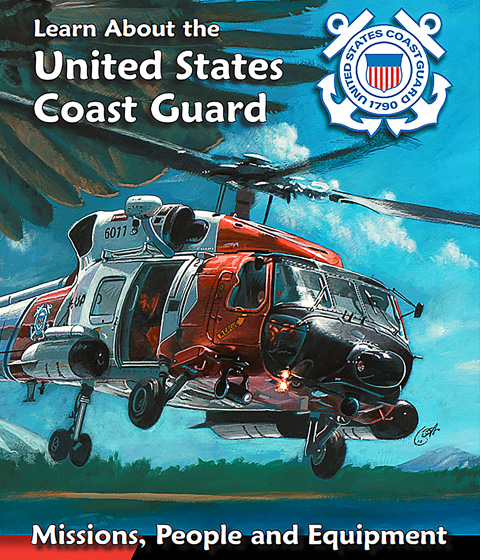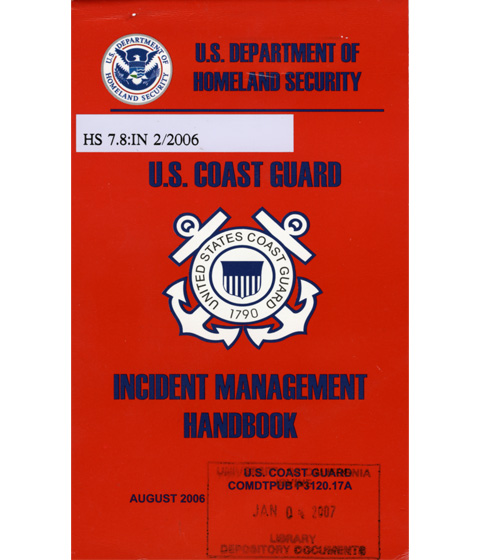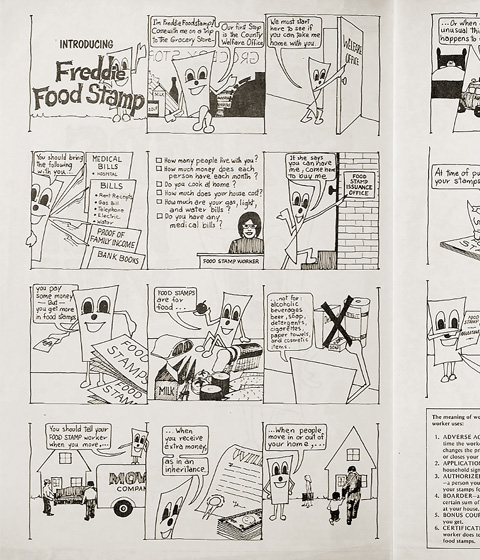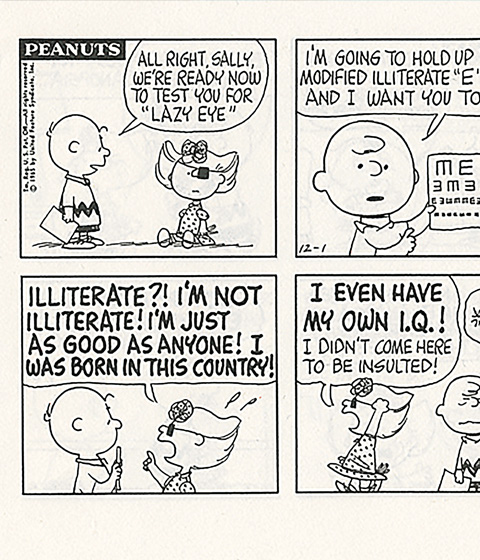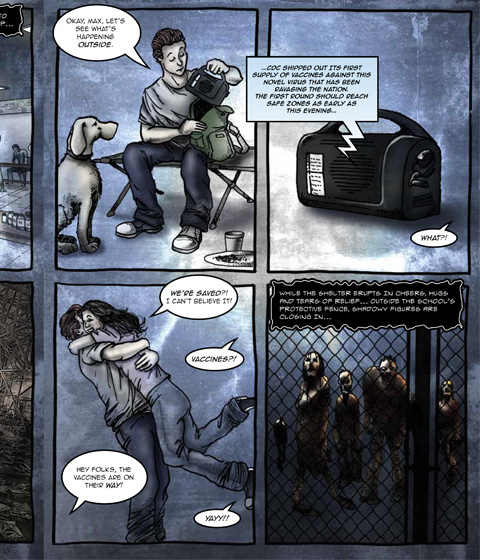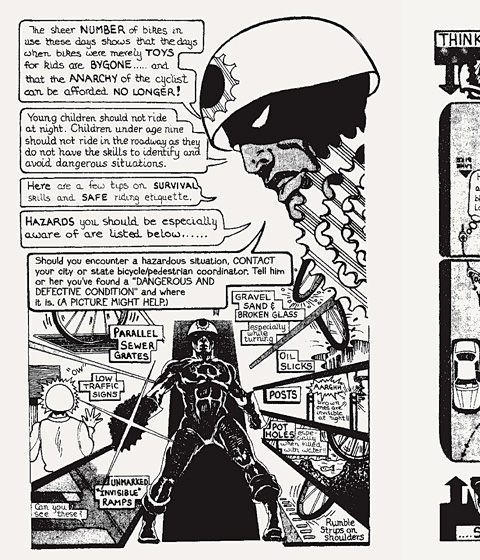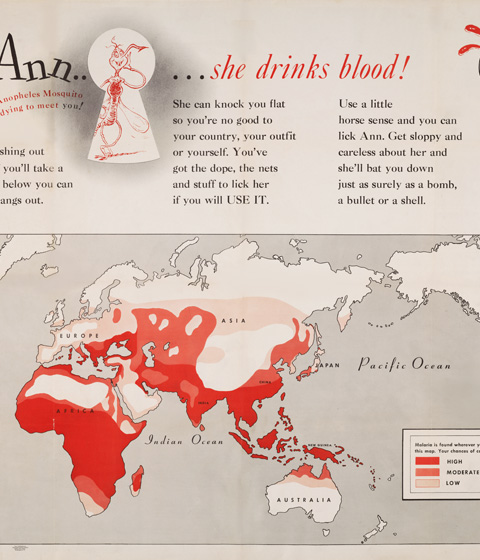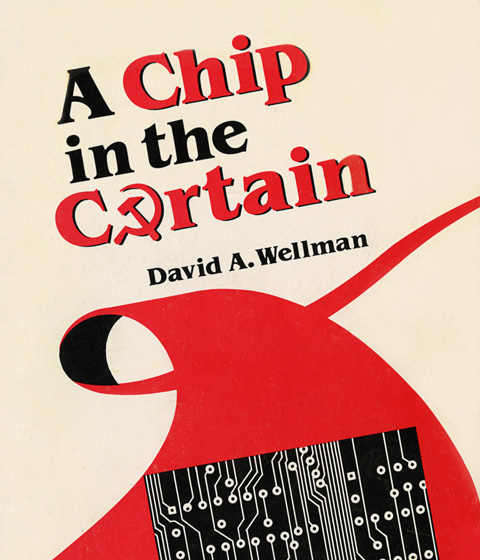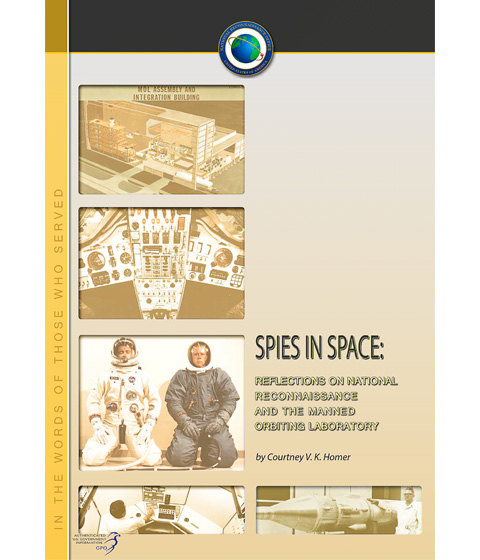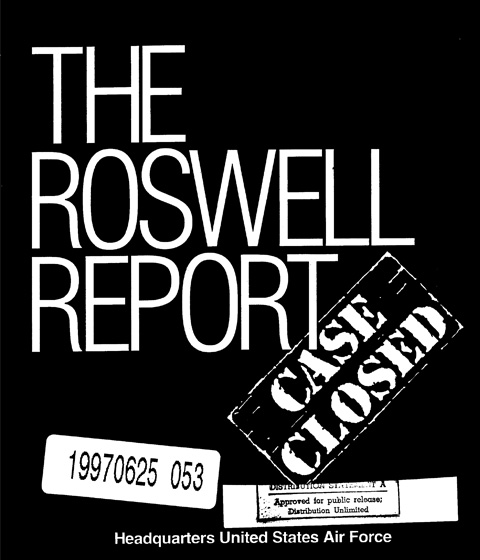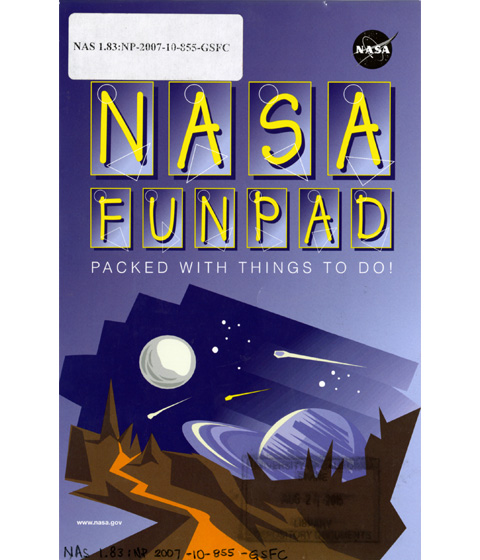Government documents are created for all ages and come in all sizes, shapes, and topic areas. Some are comical, and some are purely informative. But each represents specific time periods, contexts, and moments and helps to document and preserve our nation’s history.
“Recipes for Cooking Muskrat Meat,” by Herbert Dosier.
Fish and Wildlife Service, US Dept. of the Interior. 1943.
Due to World War II rationing, meat became more scarce. The US government recommended Americans eat chicken, domestic rabbits, and wild game, including muskrats, or “marsh rabbits.”
“Military Funeral Honors: Honoring Those Who Served.”
US Dept. of Defense. 2000.
Designed for the families of US military veterans, this funeral kit includes points of contact by military service in all 50 states, FAQs, US flag protocol, a guide for funeral directors, and a CD of the song “Taps” recorded at the Arlington National Cemetery in Washington DC.
“Fair Housing Act: Fair Housing Act as Amended (Title 8).”
US Dept. of Housing and Urban Development. 2007.
Passed by Congress in 1968, the Fair Housing Act prohibits race discrimination in the sale and rental of housing. In 1931, the "Project, Books for the Adult Blind" (later the “National Library Service for the Blind and Print Disabled”) began selecting book titles to be reproduced in Braille and distributed through a national network of libraries.
“Learn About the Coast Guard: Missions, People, and Equipment,” illustrated by Rob Green, cover design by Bryan Snuffer.
US Coast Guard. 2015.
The Official Coast Guard Coloring Book teaches kids about its role, missions, boats, and aircraft.
“US Coast Guard Incident Management Handbook.”
US Dept. of Homeland Security. 2006.
Intended as an easy reference aid, this incident management handbook is designed to assist Coast Guard personnel during response operations, such as search and rescues, oil spills, marine firefighting and salvage, and terrorism attacks.
“Food Stamps for You,” designed by Mississippi State Dept. of Public Welfare.
US Dept. of Agriculture Food and Nutrition Service. 1974.
Intended to inform the public about food stamps, the Freddie Food Stamp comic walks through how to apply for and use the federal assistance program.
“Security is an Eyepatch, Starring Sally and Charlie Brown.”
US Dept. of Health, Education, and Welfare, 1968.
Drawn by Peanuts illustrator Charles Schulz, this comic educates on the testing and treatment of amblyopia, a condition commonly called “lazy eye.”
“Preparedness 101: Zombie Pandemic.”
Centers for Disease Control and Prevention (CDC), US Dept. of Health and Human Services. 2011.
Designed to be educational and entertaining, the CDC’s comic shows the importance of having an emergency kit and plan so “you’ll be ready for any kind of disaster, even zombies.”
“Sprocket Man.”
US Consumer Product Safety Commission. 2013.
Originally created in the 1970s at Stanford University for the California Department of Public Safety and the nonprofit Urban Bikeway Design Collaborative, the comic book superhero Sprocket Man teaches children bike safety and maintenance.
“This Is Ann … She Drinks Blood!” illustrated by Theodor Geisel.
US Army. 1942.
With illustrations by Theodor Geisel, this US Army poster was produced to educate troops about areas of malaria risk. Then a young Army captain, Geisel would later go on to publish children’s books under the name Dr. Seuss.
“A Chip in the Curtain: Computer Technology in the Soviet Union.”
National Defense University Press, US Dept. of Defense. 1989.
Published at the end of the Cold War, this booklet details the “Soviet Union’s struggle with the development and the application of computers in Soviet society.” It states that the Soviet Union was unable to match the “unparalleled technological progress of the West,” which will lead to “opening up of the Soviet system and society.”
“Spies in Space: Reflections on National Reconnaissance and the Manned Orbiting Laboratory.”
Center for the Study of National Reconnaissance, US Dept. of Defense (DoD). 2019.
Produced by the DoD, this book looks back on the Cold War era of American spies in space, why the program was sent up, and why it ended.
“The Roswell Report: Case Closed,” by Captain James McAndrew.
US Air Force. 1997.
A follow-up to the 1994 “The Roswell Report: Fact vs. Fiction in the New Mexico Desert,” this report is a thorough inquiry into the records surrounding the alleged crash and recovery of an extraterrestrial vehicle and its alien occupants in July 1947.
“NASA Funpad: Packed with Things to Do!”
US National Aeronautics and Space Administration. 2007.
NASA’s children’s activity book includes trivia and facts about the US space program and learning activities such as coloring, drawing, and puzzles.

